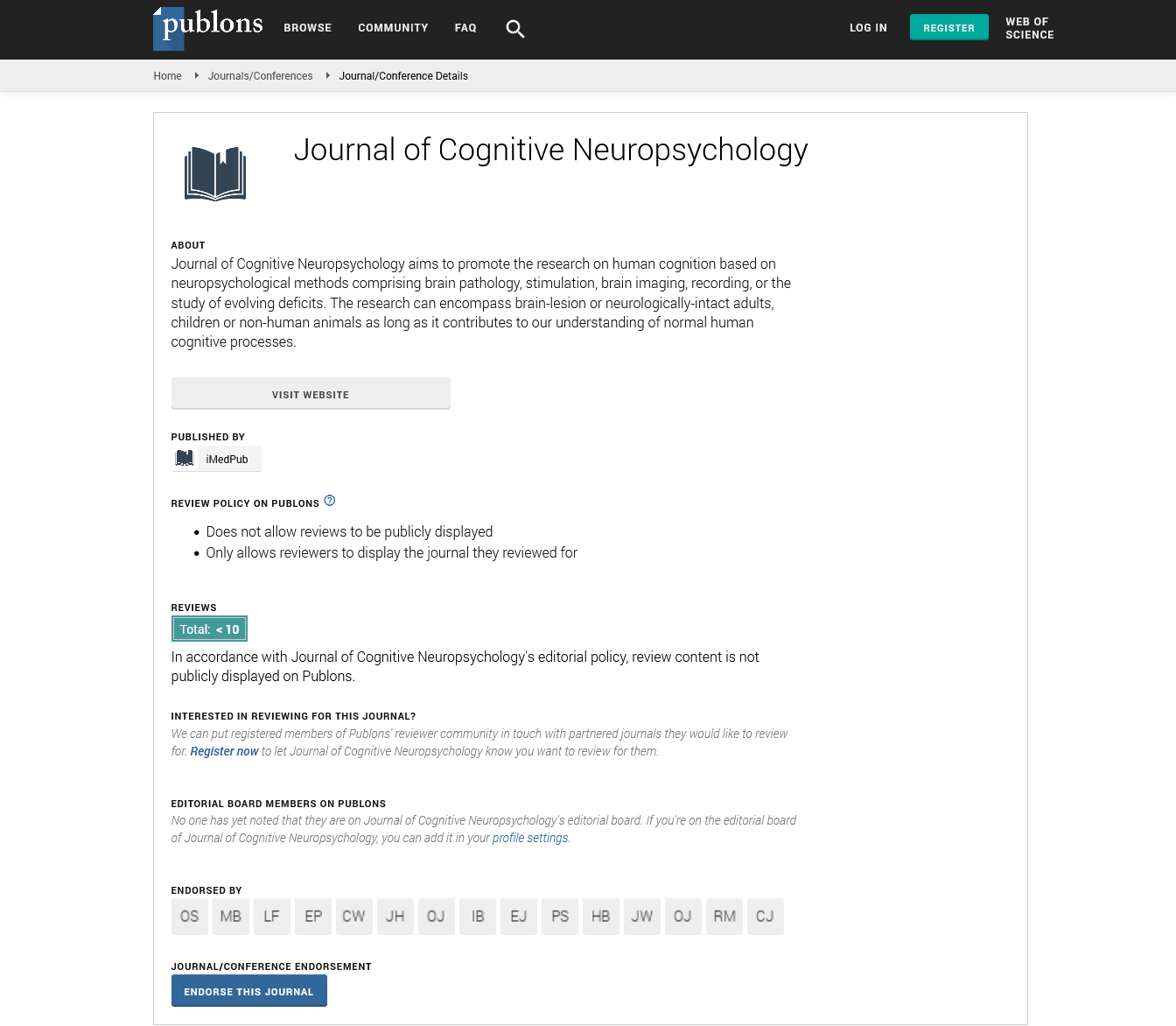Abstract
Adenosine mediated Dynamic Myocardial Perfusion Imaging by Computed Tomography (ADMPI by CT): a new tool for myocardial ischemiae detection and better triage of patients suspected of coronary artery disease (CAD).
During last two decades, coronary CT angiography (CCTA) has become a widely used non invasive diagnostic tool in coronary artery disease (CAD) assessement and the triage of patients needing further investigation and treatment in cathlab. CCTA has important known limitations, such as difficulty of interpretation of stenosis severity in the presence of large calcifications and kinetic artefacts as well as because CCTA allows only a semi-quantitative (more or less then 50%) evaluation of stenosis severity.
Perfusion defect depicting ischemiae, related to high grade CA stenosis, has beter predictive value then % of stenosis in patients referred to cathlab for revascularisation.
Moreover, iodine may be used as a marker of myocardial blood flow (MBF) and myocardial blood volume (MBV). MBF and MBV evaluation by contrast enhanced CT has been widely validated in animal models (vs microspheres) and in humans (PET and SPECT). Therefore, the purpose of this study was to determine the feasibility and diagnostic accuracy of ADMPI by CT, in patients referred for CAD evaluation with an initial non-diagnostic or uncertain CCTA, in identifying hemodynamically significant CA stenosis as compared to conventional coronary angiography.
Author(s): Taniyel Dikranian
Abstract | PDF
Share This Article
Google Scholar citation report
Citations : 8
Journal of Cognitive Neuropsychology received 8 citations as per Google Scholar report
Journal of Cognitive Neuropsychology peer review process verified at publons
Abstracted/Indexed in
- Google Scholar
- Publons
- MIAR
Open Access Journals
- Aquaculture & Veterinary Science
- Chemistry & Chemical Sciences
- Clinical Sciences
- Engineering
- General Science
- Genetics & Molecular Biology
- Health Care & Nursing
- Immunology & Microbiology
- Materials Science
- Mathematics & Physics
- Medical Sciences
- Neurology & Psychiatry
- Oncology & Cancer Science
- Pharmaceutical Sciences
